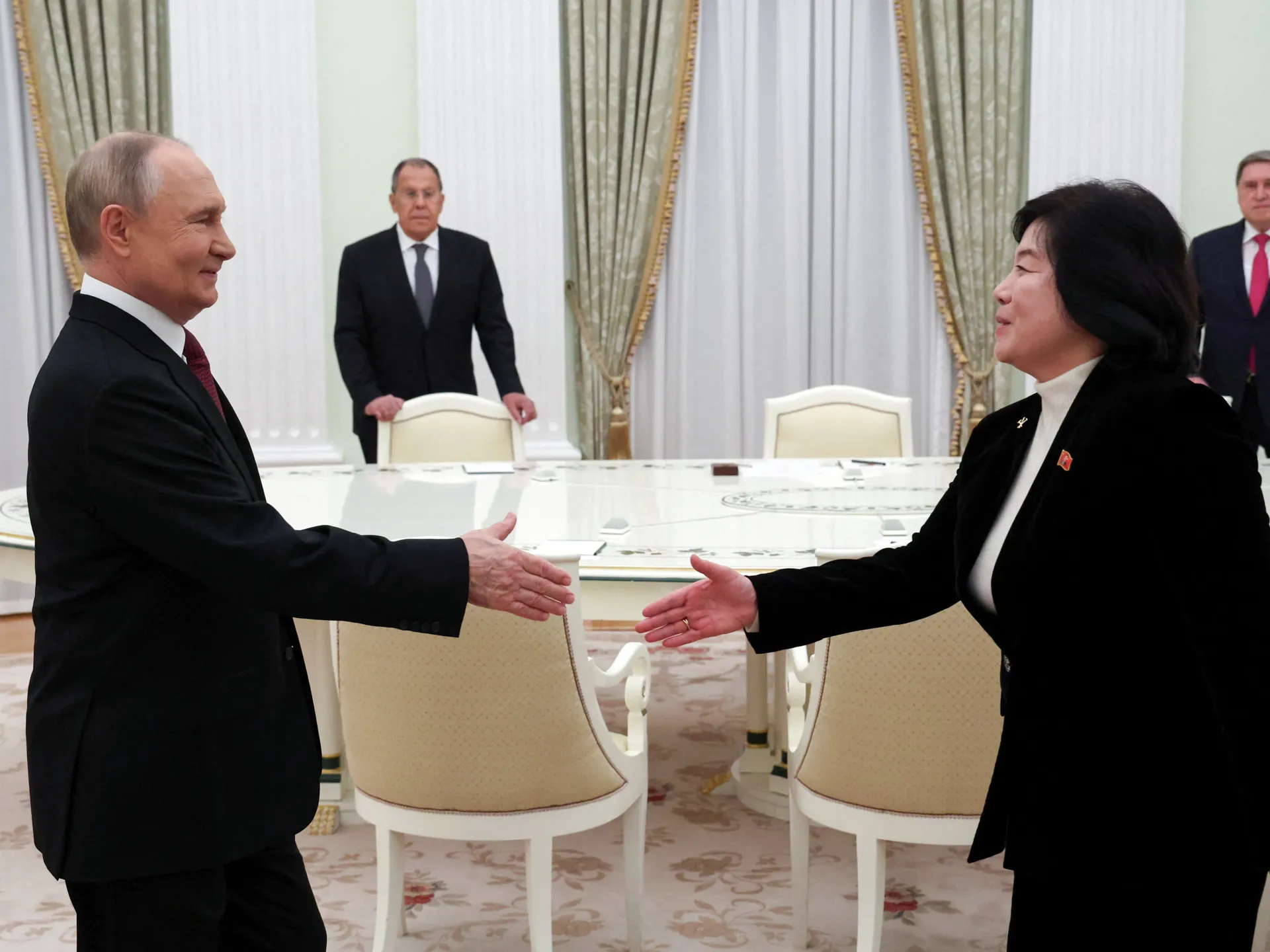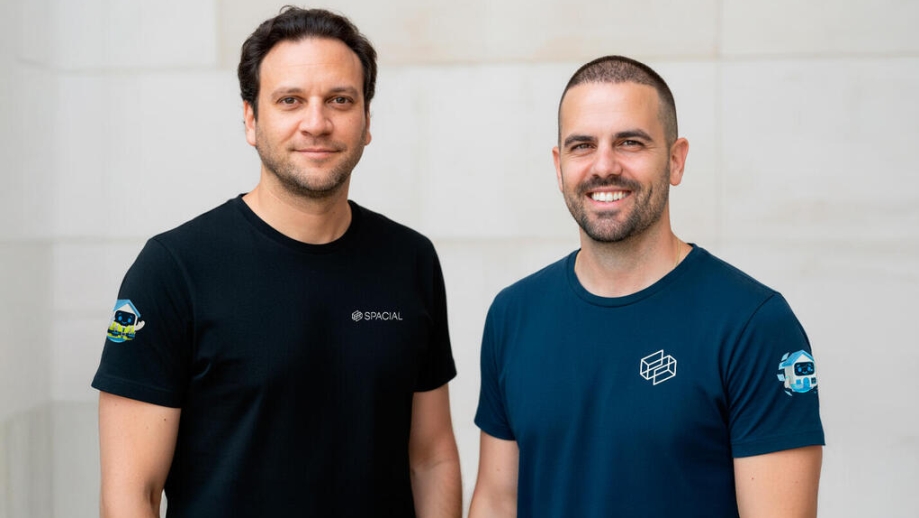Copyright fool

A rising tide tends to lift all boats. But in the quantum computing megatrend, some companies are rising higher than others. With shares up by almost 3,100% over the last 12 months, D-Wave Quantum (QBTS 8.50%) is soaring as investors become more confident about its unique spin on the opportunity. That said, while many analysts are optimistic about the pace of industry development, quantum computing technology has seemed "just around the corner" for decades, and there is no guarantee that this time will be different. Let's dig deeper into D-Wave's fundamentals to see what the next 10 years might have in store for the company. What do the experts think? When an innovative new technology starts gaining traction, it is often quickly followed by a flock of analysts making predictions about its potential. Quantum computing is no exception. According to a report from McKinsey & Co., the industry could generate nearly $100 billion in revenue by 2035. And with sales currently at around $750 million, this projection would imply a compound annual growth rate (CAGR) of roughly 63% over the next decade -- not too shabby. Quantum is also being taken increasingly seriously by big tech. In February, Microsoft unveiled its first quantum chip, Majorana, while Alphabet and IBM both expect meaningful breakouts by 2030. These high expectations may be underpinning the recent rally we have seen in quantum stocks like D-Wave. While the smaller company doesn't have the practically limitless research budgets of its big tech rivals, it offers significantly more targeted exposure to the opportunity. Business performance is mixed Investors who put their money in small speculative tech stocks usually shouldn't expect early profits. After all, it took Amazon a whopping nine years to get into the green, and it's now one of the most successful companies on earth, with a market cap of $2.37 trillion. Early-stage companies usually focus on raising capital and driving top-line growth to achieve economies of scale before trimming costs when they mature. D-Wave seems to be attempting a similar strategy. Second quarter revenue grew 42% year over year to $3.1 million because of the sale of several of its quantum annealing devices, which are designed to help the user find the most efficient way to solve problems. There are some encouraging signs that the growth trend may continue. In October, D-Wave Quantum signed a 10 million euro agreement with a company called Swiss Quantum Technology (SQT) to deploy its Advantage2 annealing machines in Europe. SQT's CEO Enrico De Mitri suggests the move is geared toward accelerating his company's computational power without increasing its energy footprint. The deal follows an announcement late last year that D-Wave was exploring opportunities to accelerate quantum annealing in the Middle East through a partnership with an AI company called Staque. That said, while D-Wave's business seems to be picking up, it is still far from sustainable profitability. Operating losses actually grew 41% year over year to $26.5 million -- driven in large part by a massive research and development budget. And D-Wave will have to maintain or accelerate its top-line growth to scale out of this challenge. Where will D-Wave Quantum be in 10 years? Naturally, D-Wave's future will depend on the commercial viability of quantum computing technology within a reasonable timeframe. In the meantime, investors should expect the company to continue burning through vast sums of cash as it seeks to test and improve its hardware. With $819.3 million in cash and cash equivalents on its balance sheet, D-Wave can probably keep the lights on for many more quarters. On top of that, the company could get backing from the U.S. government, as the Donald Trump administration looks to purchase stakes in quantum-computing firms in exchange for federal funding. The Wall Street Journal reports that D-Wave is already discussing possible participation in the program. But while D-Wave seems to enjoy a meaningful possibility of long-term success, this is already priced into its valuation. It's hard to get excited about a stock with a price-to-sales (P/S) multiple of 336 compared to the S&P 500 average of just 3.45.



![[PHOTOS] Tentative de meurtre à Dosquet: l’attaque serait liée aux coups de feu à Lévis](https://d2731bbzmt3wpb.cloudfront.net/news/image/us-west-2:25d97050-7aa7-43a6-a623-8fb02e6af97e/20251031/8b4877956a2b4a27b8d2fa7f39737281.jpg)